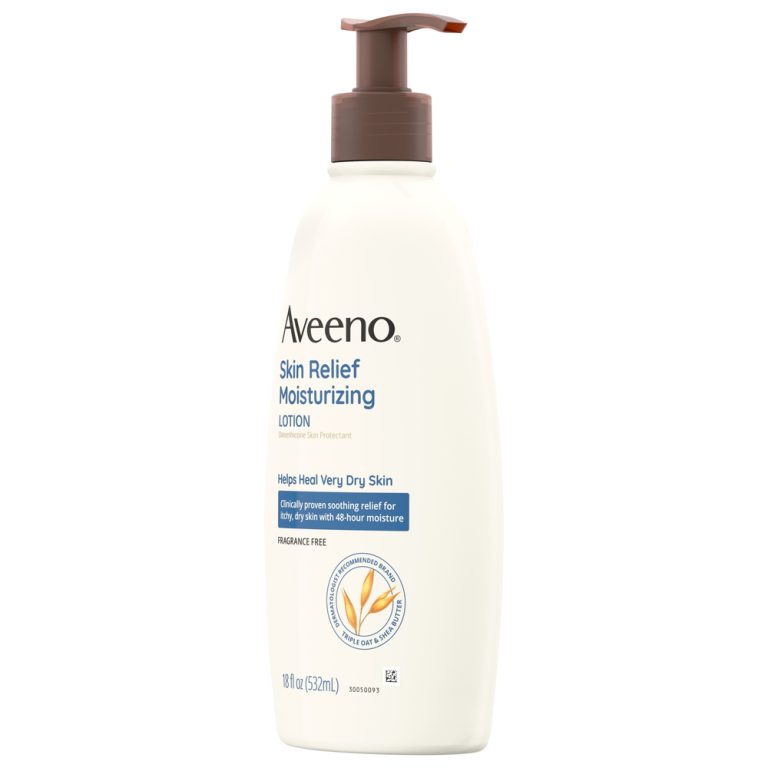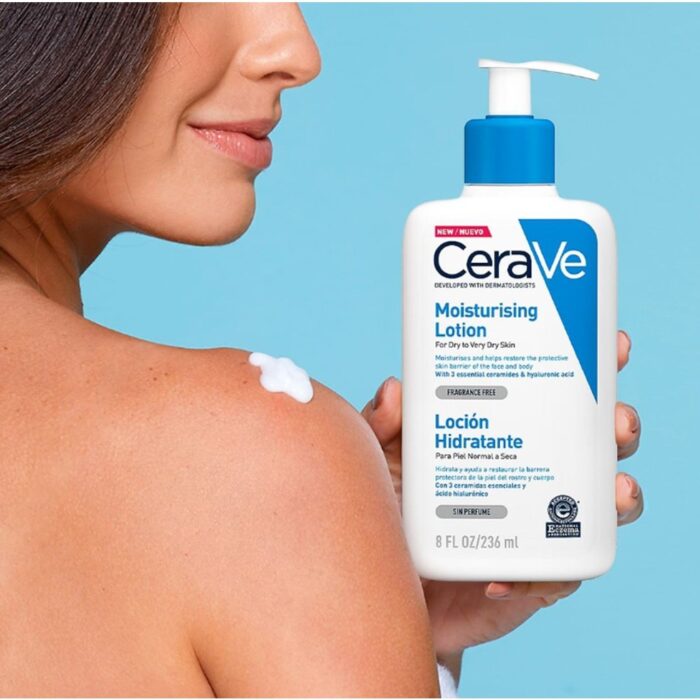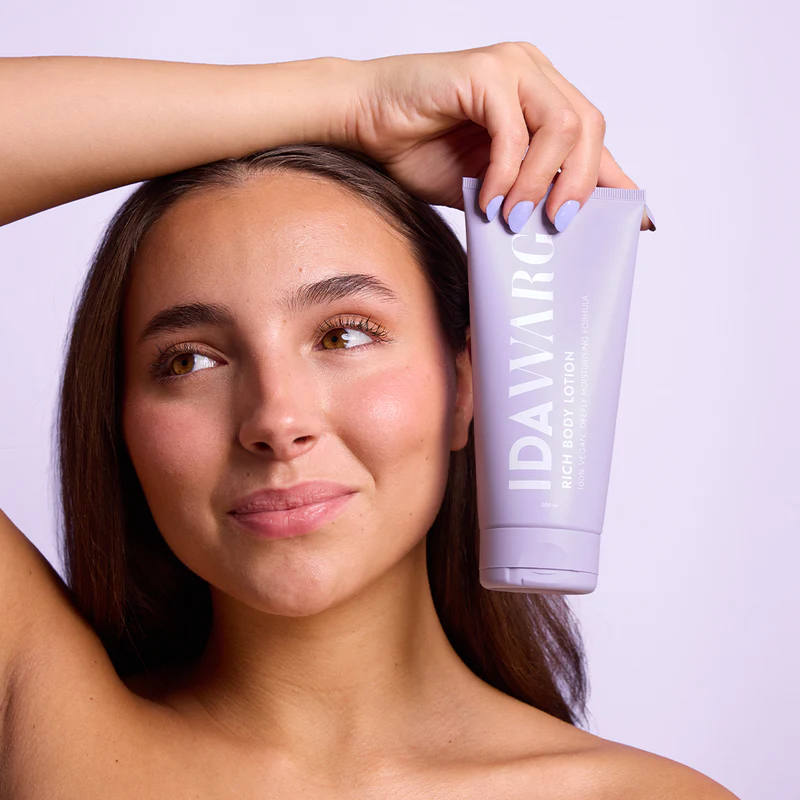
Hydrate Your Skin: Tips for Choosing Face Lotion
Understanding Skin Hydration and Its Importance
Proper skin hydration is essential for maintaining a healthy, vibrant complexion. When skin is well-hydrated, it appears smooth, plump and has a natural glow. More importantly, hydration helps the skin to function as a barrier against pollutants and bacteria. It’s not just about aesthetics; it’s also about protecting the skin from environmental stressors.When choosing a face lotion, it’s crucial to find a product that offers optimal hydration for your skin type.
Hydration influences skin elasticity, which reduces the appearance of fine lines and wrinkles. Adequate moisture levels in the skin also ensure that it can repair itself effectively and remain balanced. Without sufficient hydration, skin can become dry, flaky, and more prone to irritation and sensitivity.
A well-hydrated skin surface supports the skin’s integrity and can aid in absorbing and optimizing other skincare products you may use. By understanding the importance of skin hydration, you can make informed decisions about which face lotion is right for you, ensuring your skin stays hydrated, healthy, and resilient against potential damage.

The Different Types of Face Lotions
Selecting the correct face lotion is pivotal for achieving optimal skin health. Face lotions are formulated to cater to different skin types and conditions. Understanding these variants can guide you to the best product for your specific needs.
Oily Skin Solutions
If you have oily skin, look for lightweight, water-based face lotions. These are often labeled as ‘non-comedogenic’, meaning they don’t clog pores. Ingredients such as hyaluronic acid and glycerin are great for hydrating the skin without adding excess oil.
Dry Skin Hydration
For dry skin, choose face lotions that are rich in emollients and occlusives, like shea butter and petrolatum. These ingredients help to lock in moisture and repair the skin’s natural barrier. A lotion with a creamy texture can bring relief to flaky and tight skin.
Combination Skin Care
Combination skin requires a balanced approach with a face lotion that doesn’t over-hydrate or exacerbate oiliness. Look for lotions that are marked for combination skin, which often feature ingredients effective for both moisturizing and controlling oil in the specific zones where needed.
Key Ingredients to Look for in a Face Lotion
When selecting a face lotion, focus on key ingredients that promote skin health. Ingredients matter. They address specific skin needs and enhance lotion benefits. To maintain soft and hydrated skin, consider these important components.
Humectants
Humectants attract water. They draw moisture from the air into your skin. This hydration is vital. Look for ingredients like glycerin, hyaluronic acid, and propylene glycol. They keep skin moist and supple over time. Aloe vera is another great humectant. It soothes and hydrates with natural benefits.
Emollients
Emollients soften skin. They fill in gaps between skin cells. This creates a smooth, soft surface. Ingredients like dimethicone, lanolin, and jojoba oil are common emollients. They are perfect for reducing roughness and flaking. Oils and butters, like shea butter, also act as emollients.
Occlusives
Occlusives seal moisture in. They create a protective layer. This stops water from escaping your skin. Ingredients like petrolatum, beeswax, and mineral oil are effective occlusives. They ensure long-lasting hydration. For dry skin, these ingredients are especially helpful. Remember, balanced use is key. Some occlusives can feel heavy. Use them properly to avoid clogging your pores.

How to Determine Your Skin Type
Before you can select the ideal face lotion, it’s crucial to identify your skin type. Knowing whether you have oily, dry, combination, or sensitive skin will steer you towards products that cater specifically to your needs. Here’s a simple guide to help you discover your skin type.
Oily Skin: Your skin often looks shiny, and you may deal with frequent breakouts. Oily skin types benefit from light, non-greasy face lotion formulas.
Dry Skin: If your skin often feels tight and you notice flakes or scaling, you likely have dry skin. Look for hydrating face lotions with rich emollients.
Combination Skin: Characterized by an oily T-zone (forehead, nose, and chin) and drier cheeks, combination skin can be tricky. Opt for a balanced face lotion.
Sensitive Skin: Sensitive skin reacts easily to products or environmental factors, often experiencing redness or irritation. Use hypoallergenic and fragrance-free lotions.
Test Method: One simple way to test is the blotting sheet method. Gently press a blotting paper on different areas of your face. Hold the sheet up to the light to determine how much oil is visible. If the sheet picks up little to no oil, you likely have dry skin. If the blotting paper is saturated with oil, particularly from your forehead or nose, you have oily skin. A mixture indicates combination skin.
Remember to choose a face lotion that aligns with your skin type. This ensures you provide the best care and hydration for your skin, preventing potential issues and optimizing skin health.
The Role of SPF in Face Lotions
While discussing face lotion, we must not overlook the role of Sun Protection Factor (SPF). SPF in face lotions acts as a shield against the sun’s harmful UV rays. It helps prevent sunburn, premature aging, and even skin cancer. When you choose a face lotion with SPF, you incorporate crucial protection into your daily skincare routine.
Why SPF Matters:
SPF not only prevents damage but also aids in maintaining proper skin hydration levels. Excessive sun exposure can lead to dehydration of the skin. A face lotion with SPF ensures hydration and protection go hand in hand.
Which SPF Level to Choose:
Experts recommend using a face lotion with at least SPF 30 for daily use, even on cloudy days or when indoors. For extended outdoor activities, consider a higher SPF or reapplying more frequently.
Broad Spectrum Protection:
Opt for ‘broad spectrum’ face lotions. These protect against both UVA (aging) and UVB (burning) rays. Make sure your face lotion offers comprehensive protection.
Sensitive Skin Consideration:
For sensitive skin, select a face lotion with SPF that’s free from fragrances and irritants. Mineral sunscreens, containing zinc oxide or titanium dioxide, are typically gentler.
In conclusion, integrating SPF into your face lotion is a smart move for skin health. Hydration paired with sun protection prepares your skin to face the day confidently.
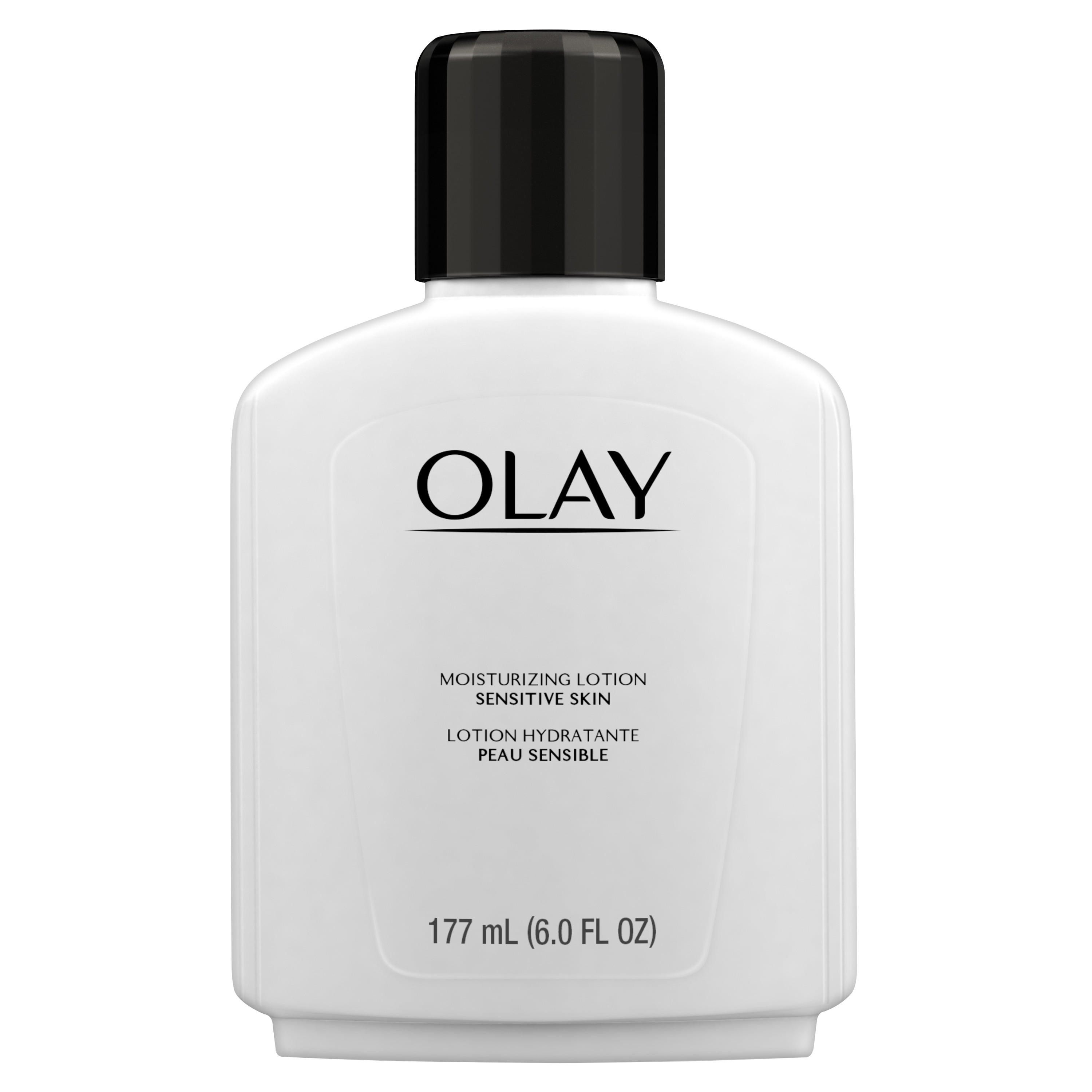
Reading Labels: Deciphering the Ingredients List
Understanding the ingredients list on face lotion labels is crucial for making an informed choice. The list might seem complex, but with a few tips, you can become adept at picking the right product. Here are key points to guide you through decoding ingredients labels:
- Check for Active Ingredients: Identify active ingredients, such as humectants, emollients, and occlusives. They should be near the top of the list, indicating higher concentrations.
- Decoding Order of Ingredients: Ingredients appear in descending order by volume. This means the first few ingredients usually have the largest impact on product performance.
- Beware of Irritants: If you have sensitive skin, avoid ingredients that are known to cause irritation. Fragrances and certain alcohols can be harsh on sensitive skin.
- Understanding Scientific Names: Don’t be overwhelmed by scientific names. For example, ‘Tocopherol’ is just vitamin E. A quick online search can clarify any confusion.
- Importance of Preservatives: Preservatives, like parabens, prevent bacteria growth. Ensure these are present but at the end of the list, indicating a smaller concentration.
- Allergens and Fillers: Watch out for unnecessary fillers and potential allergens. They might not contribute to the potency of the face lotion.
- Use of Alcohols: Some alcohols can dry out the skin. However, fatty alcohols like cetyl, stearyl, and cetearyl alcohol are beneficial as they help to retain moisture.
By mastering the art of label reading, you can choose a face lotion that hydrates your skin effectively while avoiding ingredients that might harm your skin.

When to Apply Face Lotion for Best Results
Timing is key in skincare. Applying face lotion at the right times can boost its effectiveness. For best results, follow these guidelines:
- After Cleansing: Apply lotion right after washing your face. This helps to lock in moisture.
- Before Makeup: If wearing makeup, use face lotion first. It creates a hydrated base for makeup application.
- Morning Routine: In the morning, choose a lotion with SPF. This protects your skin all day.
- Nightly Regimen: At night, use a richer lotion. It supports skin repair as you sleep.
- After Exfoliating: Lotion is more effective after exfoliating. It penetrates deeper into fresh skin.
- Post Shower: Skin is most receptive after a shower. The steam opens pores, so lotion absorbs better.
Remember, always let the lotion absorb fully. This ensures deeper hydration and prepares your skin for any additional products you may apply.
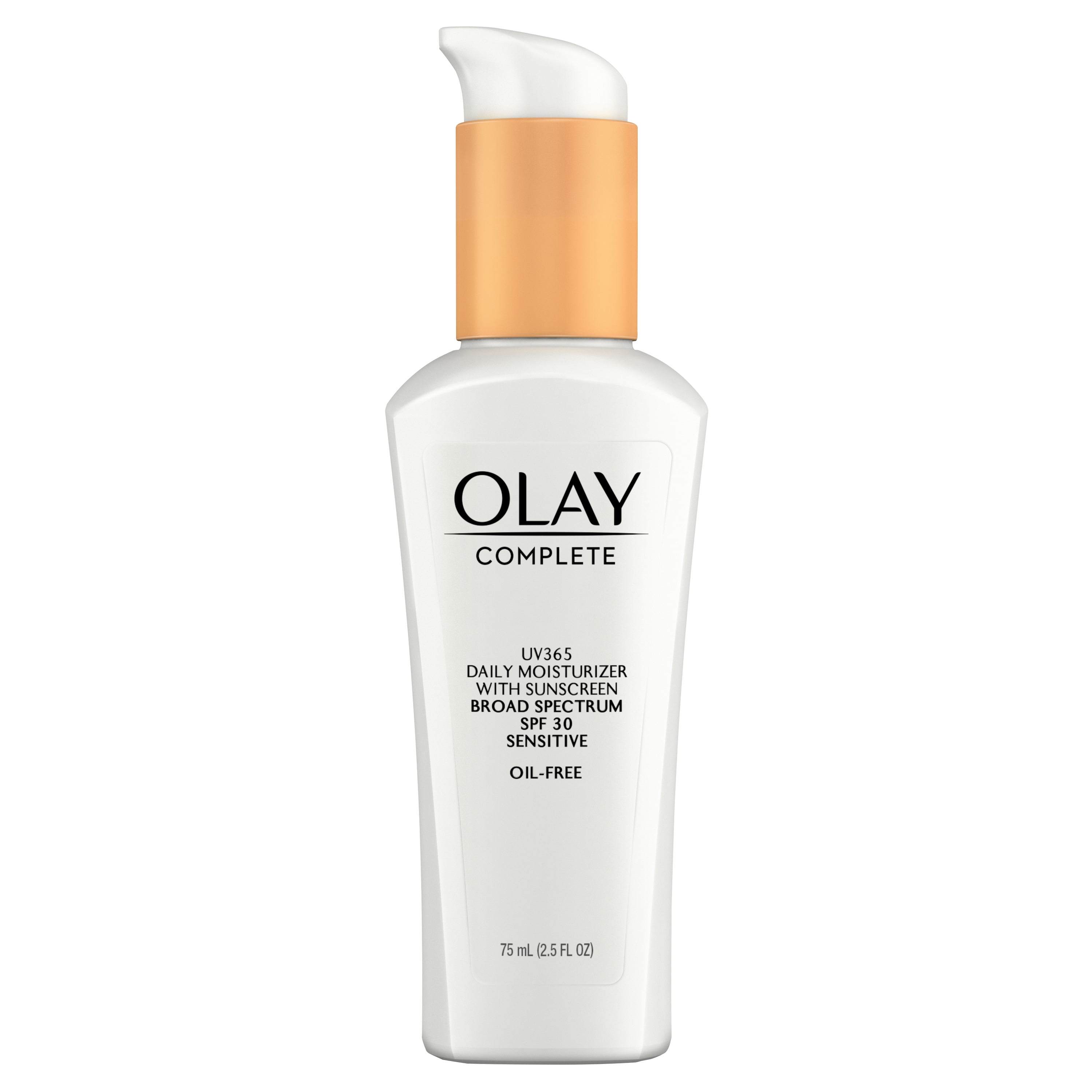
Seasonal Considerations for Face Lotion Selection
Your skin’s needs change with the seasons. . In summer, look for light, hydrating lotions with SPF. Hot weather can make skin oily. A non-greasy formula is best then.
In winter, choose richer, creamier lotions. Cold air dries out skin. You want a lotion that locks in moisture well. Look for products with higher emollient content. These help fight dry, harsh conditions.
Transitioning from seasons, adjust your lotion. If moving from summer to fall, you might need something less heavy than winter but more hydrating than summer. Spring often calls for a balance too, as weather starts warming.
Sensitive skin needs extra care with seasons. Look for gentle, fragrance-free options. These protect your skin from seasonal allergies.
Always check the label on your face lotion, no matter the season. Look for key ingredients like humectants, emollients, and occlusives. These keep your skin in top shape all year round.
For best results, switch up your skin care routine with the weather. Your skin will thank you for the attention to its seasonal needs.
